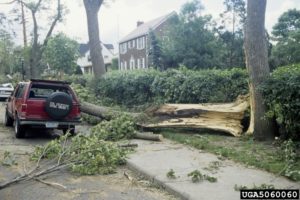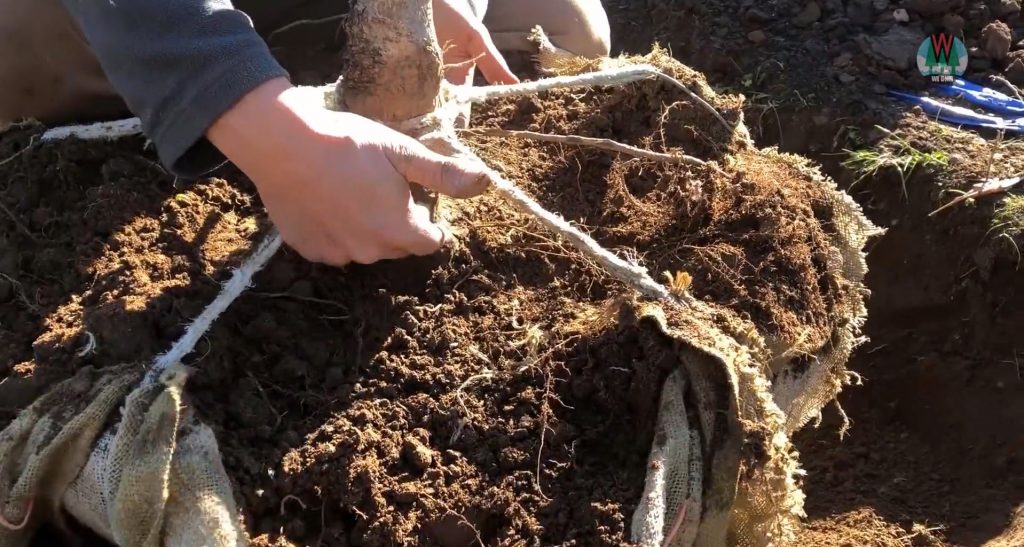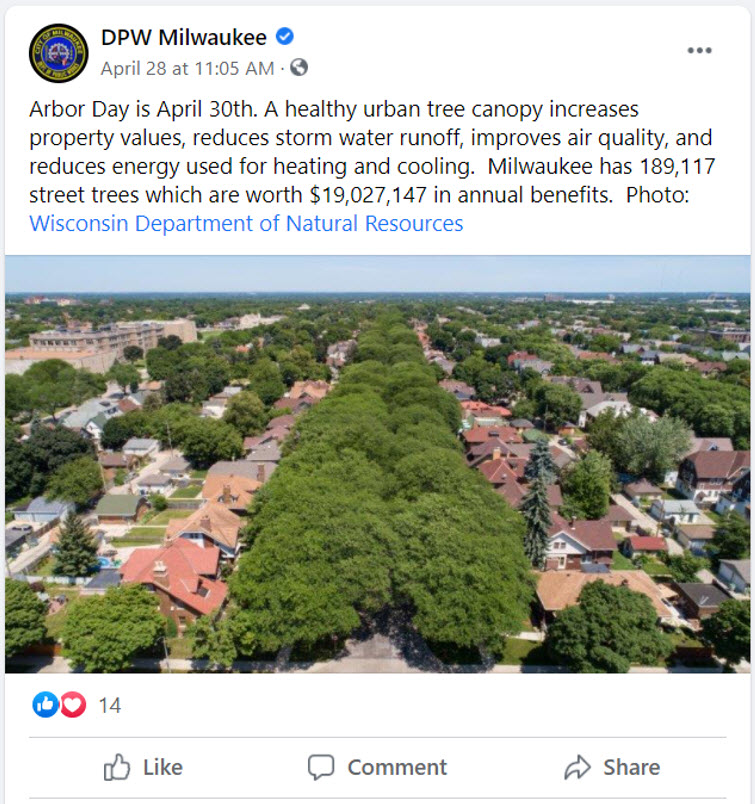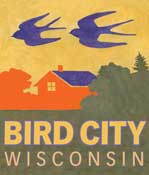 Recognizing that trees and vegetation are among the features that make communities special places for residents and visitors, American Transmission Company (ATC) will continue to offer funding for planting projects in communities in its service area through its Community Planting and Pollinator Habitat programs.
Recognizing that trees and vegetation are among the features that make communities special places for residents and visitors, American Transmission Company (ATC) will continue to offer funding for planting projects in communities in its service area through its Community Planting and Pollinator Habitat programs.
The Community Planting Program provides financial support to eligible cities, villages, towns, counties and tribes in ATC’s service area for planting projects on public property, outside transmission line rights-of-way.
The Pollinator Habitat Program provides funding for site preparation; purchasing seed, plugs or plants; labor and installation; or other activities to establish quality pollinator habitat. Unlike the Community Planting Program, the Pollinator Habitat Program promotes planting low-growing vegetation within a transmission line right-of-way.
Continue reading “ATC Offers Funding For Planting And Pollinator Habitat Projects”


 The Wisconsin Department of Natural Resources (DNR) Urban Forestry staff created a series of four videos on how to plant an urban tree.
The Wisconsin Department of Natural Resources (DNR) Urban Forestry staff created a series of four videos on how to plant an urban tree.
 Despite significant challenges this year, many communities adapted their annual Arbor Day celebrations or came up with creative new ideas. Thanks to everyone for going above and beyond in 2021!
Despite significant challenges this year, many communities adapted their annual Arbor Day celebrations or came up with creative new ideas. Thanks to everyone for going above and beyond in 2021! Ninety-one communities received Bird City Wisconsin status in 2021. Greenfield and Wauwatosa are first-time recipients.
Ninety-one communities received Bird City Wisconsin status in 2021. Greenfield and Wauwatosa are first-time recipients.